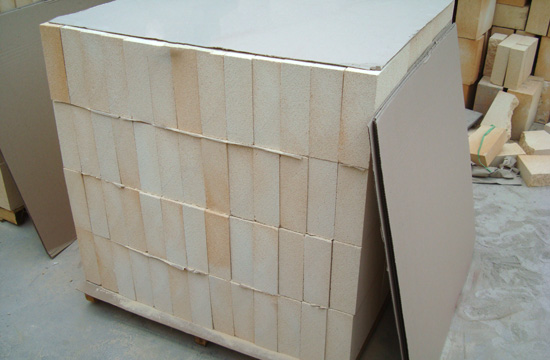Product Search
Quickly find the product you need
Products List
Refractory Knowledge
- Production Process Methods of Refractory
- Classification of mullite insulation bric
- The Use of Mullite Insulation Bricks
- Pollution and treatment in the production
- the development of the refractory brick i
- Refractory material production process
- Pros and cons of lightweight mullite bric
- Thermal Shock Resistant Fireproof Heat In
- Manufacturing process of fire clay insula
- Aggregates Used For the Production of Ins
Products List
- Phone:0086-370-63838939
- Email:sales@sunriserefr.com
- Office Address: No.36 Fengchan Road Of Zhengzhou, Henan, China (Mainland)
What Are the Function of Refractory Materials?
Date:2016-10-28 17:07 | From:Zhengzhou Sunrise Refractory | Author:admin
Refractoriness refers to refractory cone sample in which there are no load cases, resistance to high temperature function and not soften the Celsius temperature. Refractory materials is not less
than 1580 ℃ refractoriness of inorganic non-metallic materials. But just to define the refractoriness cannot fully describe the refractory materials, 1580 ℃ is not absolute. Now defined as any
physical and chemical properties to allow its use in high temperature environment is called refractory material. Refractory material is widely used in metallurgy, chemical industry, petroleum,
machinery manufacturing, silicate, motivation and other industrial area, etc. The dosage in metallurgy industry is the biggest, accounts for 50% ~ 60% of total output.

Although the definition of national regulation is different, for example, the international organization for standardization (ISO) in the official publication of international standard, "refractory material,
the refractoriness is at least 1500 ℃ of nonmetallic materials or products (but do not rule out that contain a certain proportion of metal)", but the basic concept is the same, namely the refractory
material is the structure material used for high temperature furnace, furnace thermal equipment, as well as high temperature containers and components of materials used in industry, and can
withstand the corresponding physical and chemical change and mechanical action.
According to the refractoriness, can be divided into ordinary refractory products (1580 ~ 1770 ℃), high-grade refractory products (1770 ~ 1770 ℃) and super refractory products (above 2000 ℃).
In metallurgy, silicate, chemical, power, petroleum, machinery manufacturing industry, refractory material is used widely. Metallurgical industry of refractory consumption accounted for about 50 ~
60% of the total refractory.
than 1580 ℃ refractoriness of inorganic non-metallic materials. But just to define the refractoriness cannot fully describe the refractory materials, 1580 ℃ is not absolute. Now defined as any
physical and chemical properties to allow its use in high temperature environment is called refractory material. Refractory material is widely used in metallurgy, chemical industry, petroleum,
machinery manufacturing, silicate, motivation and other industrial area, etc. The dosage in metallurgy industry is the biggest, accounts for 50% ~ 60% of total output.

Although the definition of national regulation is different, for example, the international organization for standardization (ISO) in the official publication of international standard, "refractory material,
the refractoriness is at least 1500 ℃ of nonmetallic materials or products (but do not rule out that contain a certain proportion of metal)", but the basic concept is the same, namely the refractory
material is the structure material used for high temperature furnace, furnace thermal equipment, as well as high temperature containers and components of materials used in industry, and can
withstand the corresponding physical and chemical change and mechanical action.
According to the refractoriness, can be divided into ordinary refractory products (1580 ~ 1770 ℃), high-grade refractory products (1770 ~ 1770 ℃) and super refractory products (above 2000 ℃).
In metallurgy, silicate, chemical, power, petroleum, machinery manufacturing industry, refractory material is used widely. Metallurgical industry of refractory consumption accounted for about 50 ~
60% of the total refractory.

